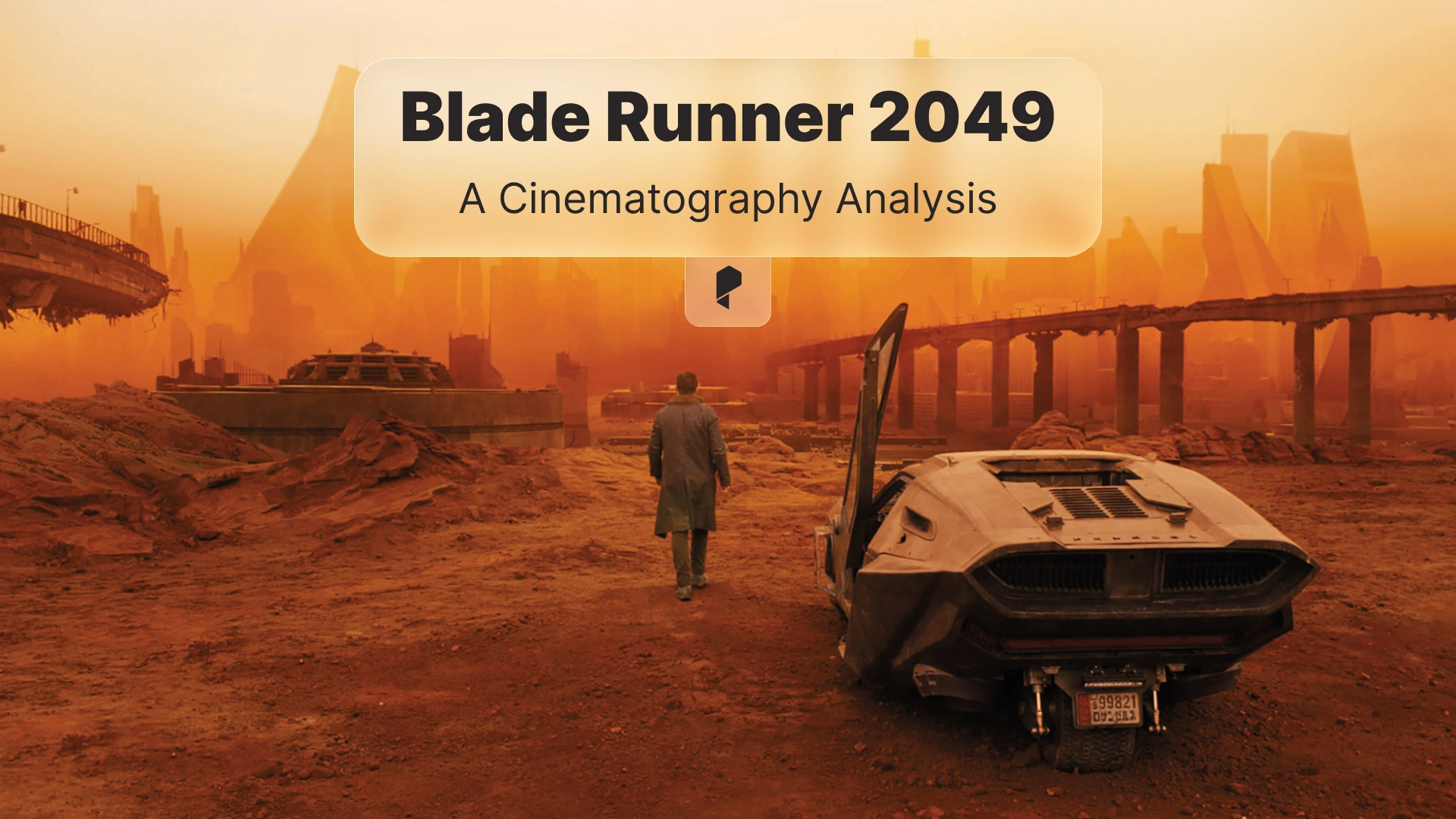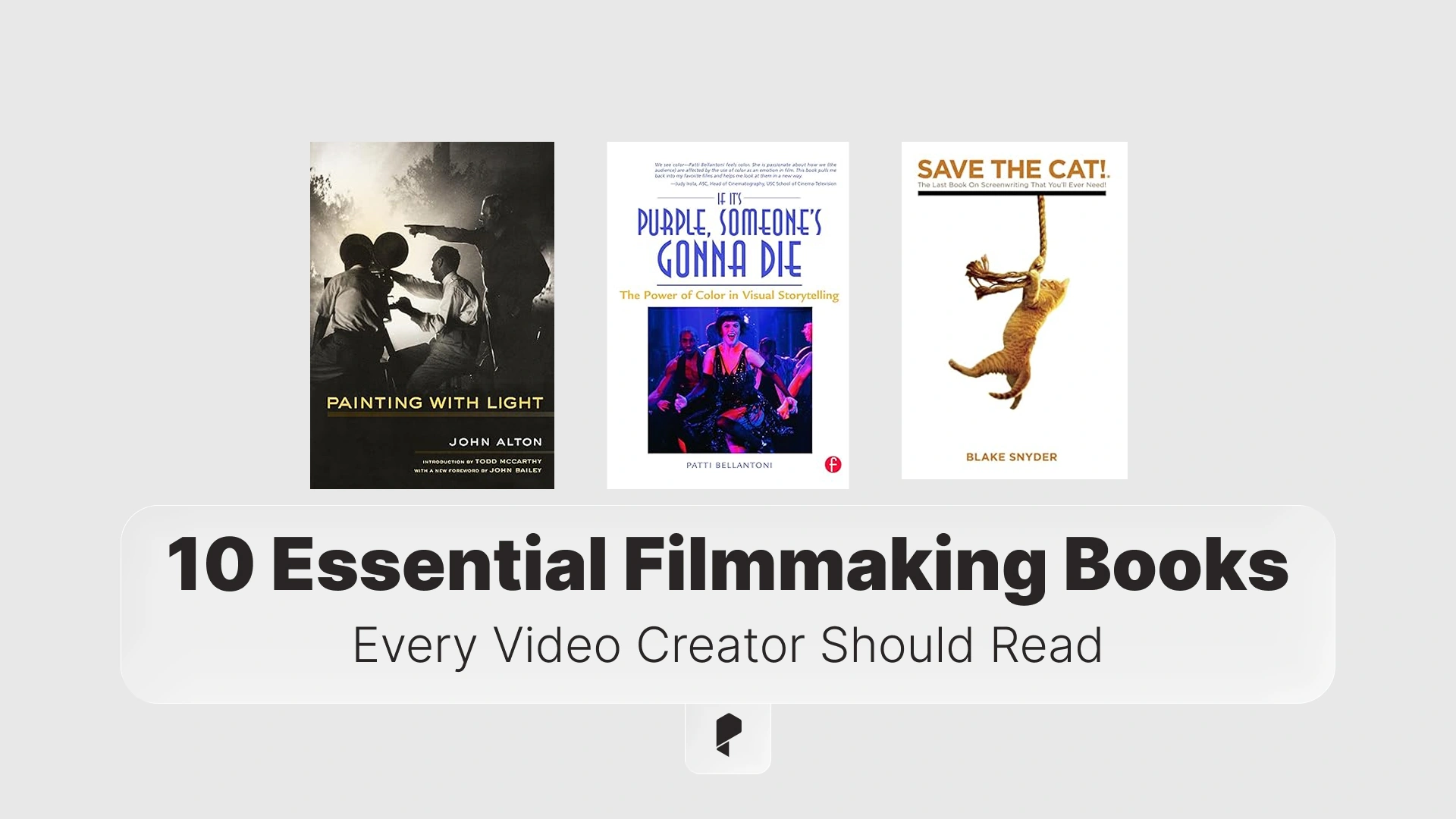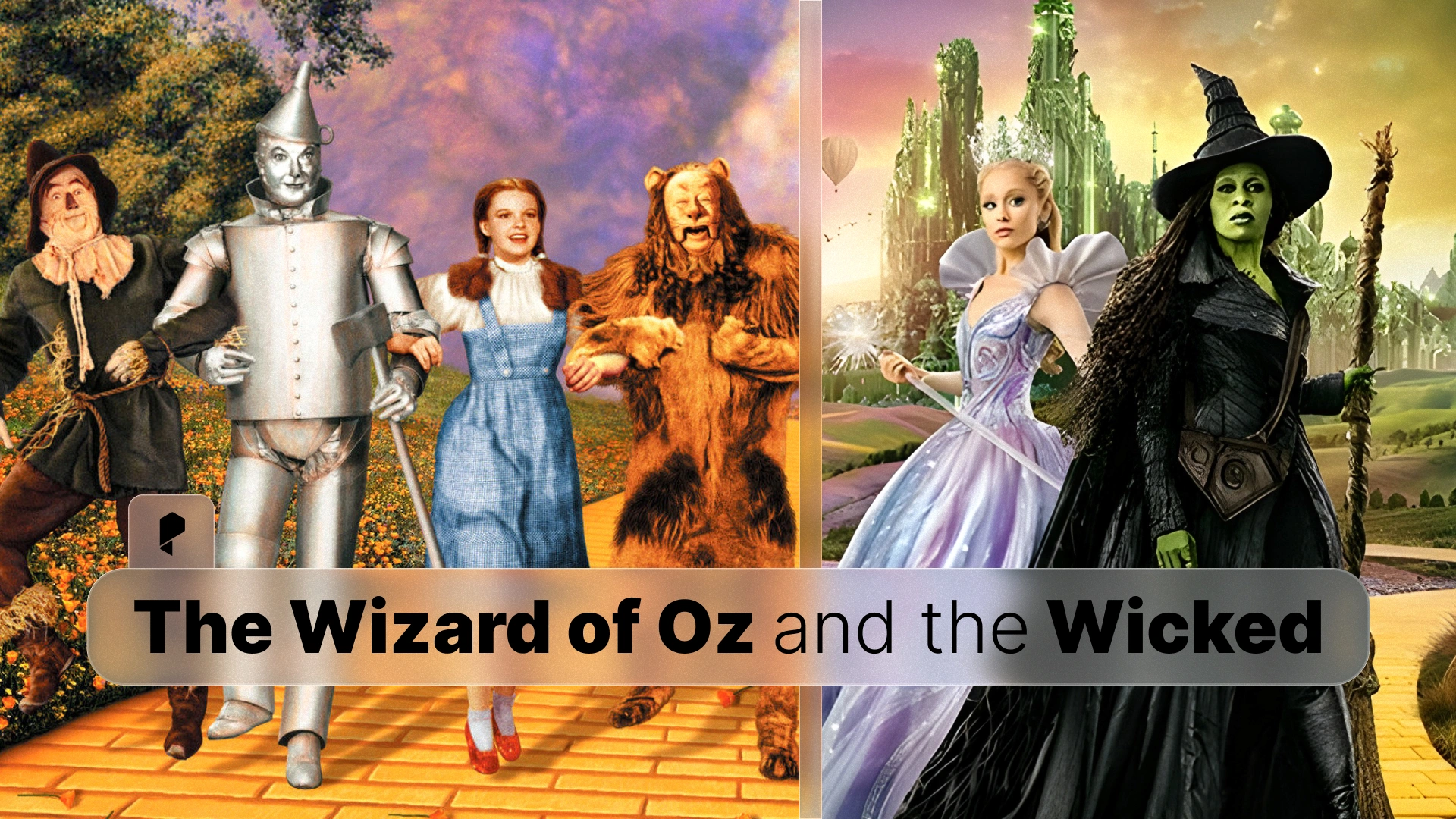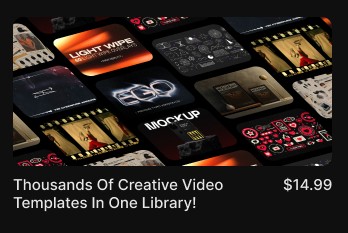Mastering Medium Shots: The Cinematic Framing Guide for Filmmakers

In this guide, we’ll delve into the intricacies of medium shots, their types, examples from iconic films, and practical tips to master their use. By the end, you’ll understand why medium framing for filming is a cornerstone of visual storytelling.
What is a Medium Shot in Cinematography?
Commonly found in films and videos, medium shots are essential for maintaining visual clarity while preserving emotional intimacy. These frames are versatile, making them suitable for various genres, from dramas to documentaries. For filmmakers, understanding the nuances of medium shot framing can significantly enhance scene composition and viewer engagement.
Explore more about camera shots and their impact on storytelling in Pixflow’s guide on camera shots.
Types of Medium Shots and Their Applications
- Medium Close-Up (MCU): Focuses on the subject’s face and upper torso, emphasizing emotions and expressions.
- Medium Long Shot (MLS): Captures the subject from the knees up, blending character focus with a broader context.
- Two-Shot Medium: Frames two characters in a balanced composition, ideal for showcasing interactions.
- Over-the-Shoulder Medium: A perspective shot that includes a portion of one character’s shoulder while focusing on another subject.
These variations allow filmmakers to maintain flexibility in storytelling while utilizing the same basic principles of medium framing. By mastering these types, you can tailor your scenes to convey the desired mood and emphasis effectively.
Need more inspiration? Check out Pixflow’s light leaks product to add stunning effects to your medium shots.
Examples of Medium Shots in Famous Movies
- “Pulp Fiction” (1994): Quentin Tarantino uses medium shots during the diner scenes to balance dialogue and character dynamics.
- “The Dark Knight” (2008): Christopher Nolan employs medium shots to capture the Joker’s unnerving presence while providing context to the environment.
- “The Grand Budapest Hotel” (2014): Wes Anderson’s symmetrical compositions often feature medium shots to highlight quirky characters and their surroundings.
These examples showcase the versatility of medium shots in different genres, proving their effectiveness in enhancing storytelling and visual appeal.
How to Create Dynamic Medium Shots in Filmmaking
- Camera Placement: Position the camera at eye level for natural framing or experiment with angles for dramatic effect.
- Lighting Techniques: Use lighting to create depth, highlight subjects, and set the mood.
- Lens Selection: Opt for lenses that complement the scene’s tone, such as 35mm or 50mm for a balanced perspective.
- Movement: Add subtle camera movements, such as dolly or handheld shots, to enhance visual interest.
By applying these techniques, filmmakers can transform standard medium shots into visually compelling frames that captivate the audience. You can enhance your medium shots with creative visual effects using Pixflow’s light leaks.
Medium Shot vs. Other Framing Techniques
- Medium Shot vs. Close-Up: Medium shots provide more context, focusing on body language, while close-ups emphasize facial expressions.
- Medium Shot vs. Long Shot: Medium shots highlight characters’ interactions, whereas long shots focus on spatial relationships and scenery.
- Medium Shot vs. Full Shot: Full shots capture the entire subject’s body, while medium shots prioritize upper body and environment balance.
These comparisons help filmmakers decide which framing style best suits their narrative goals, ensuring each scene resonates with the intended emotion and impact.
Conclusion
Whether you’re creating a high-budget blockbuster or an indie masterpiece, medium shots provide the versatility and impact needed to bring your vision to life. Explore innovative ways to incorporate medium shots into your projects and elevate your craft.
Ready to enhance your filmmaking toolkit? Visit Pixflow for top-notch resources and tools to take your visuals to the next level.
Disclaimer : If you buy something through our links, we may earn an affiliate commission or have a sponsored relationship with the brand, at no cost to you. We recommend only products we genuinely like. Thank you so much.





